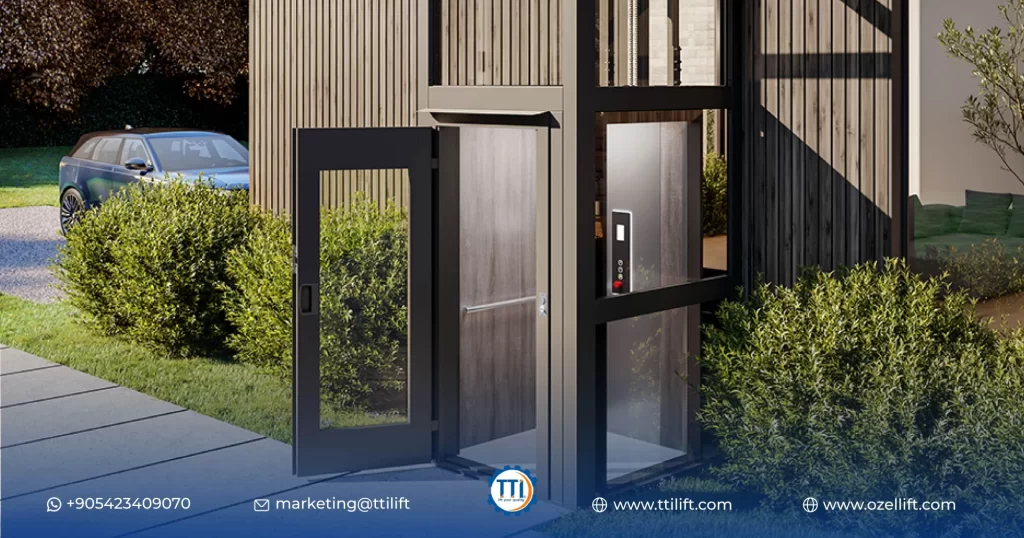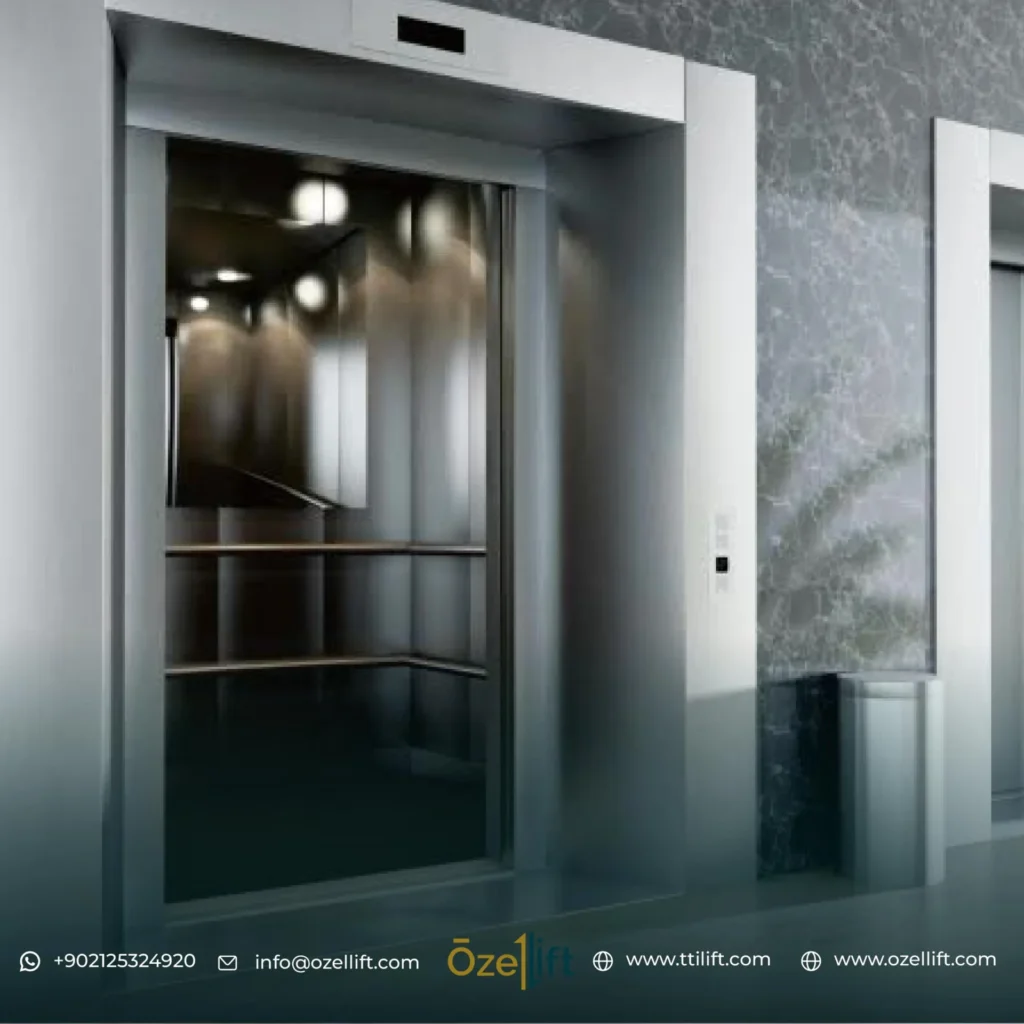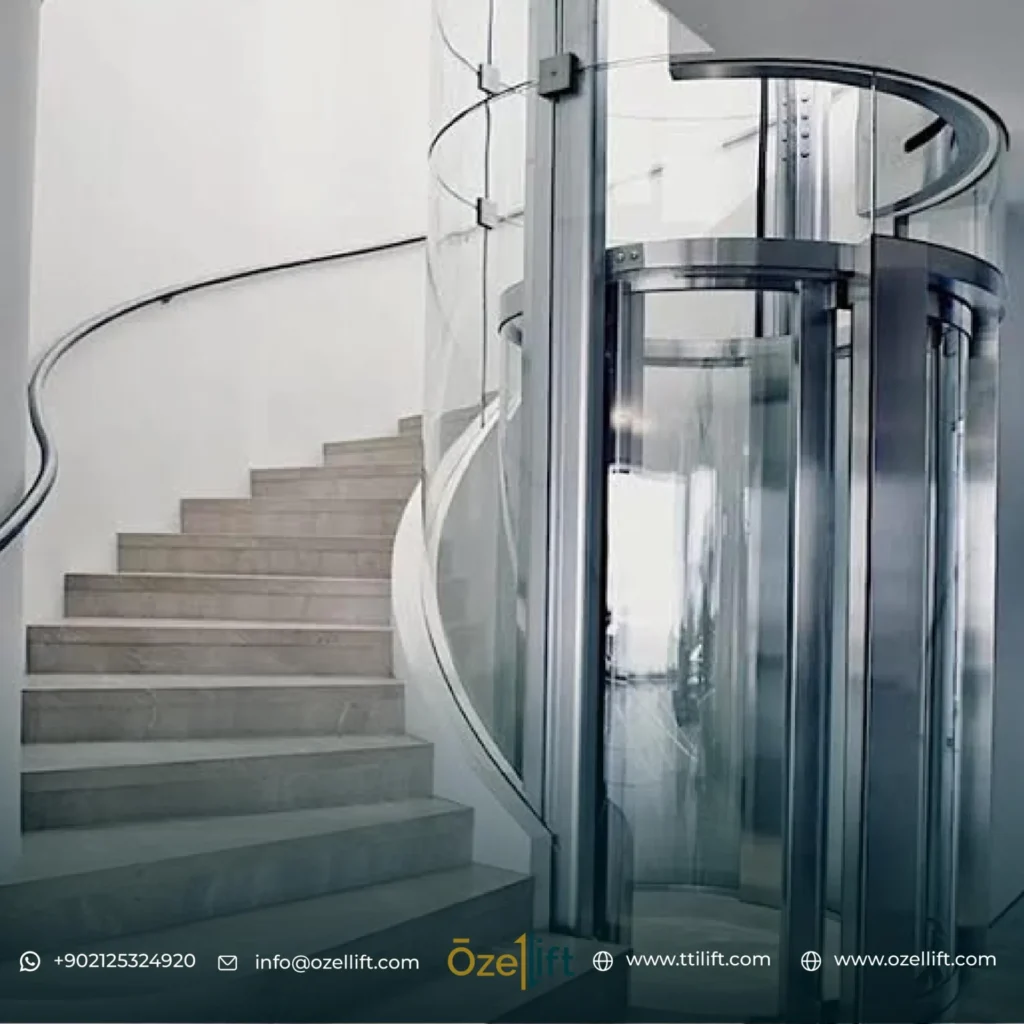Passenger elevators have come a long way in revolutionizing vertical transportation. With advancements in technology and design, there are now various types of elevators available to cater to different needs. In this section, we will explore the passenger elevator types and their key features.
passenger elevator types – Hydraulic elevators
Hydraulic passenger elevators are a classic and reliable option that have been in use for many years. These elevators work on the principle of hydraulic fluid being pumped into a cylinder, which lifts the elevator car. One of the major advantages of hydraulic elevators is their smooth and quiet operation, making them ideal for low-rise buildings.
passenger elevator types – Traction elevators
Traction passenger elevators are another popular choice for vertical transportation. Unlike hydraulic elevators, traction elevators use a system of ropes and a motor to lift the elevator car. This system allows for greater speed and efficiency, making traction elevators suitable for both low-rise and high-rise buildings.
passenger elevator types – Machine room-less (MRL)
For buildings with limited space or those looking for a more streamlined design, machine room-less (MRL) passenger elevators are an excellent choice.
Know more about
MRL observation elevator suppliers
passenger elevator types – Smart passenger elevators
In today’s digital age, smart technology has made its way into nearly every aspect of our lives, including elevators. Smart passenger elevators are equipped with advanced features and connectivity options that enhance the overall user experience. These elevators can be integrated with smartphone apps, allowing users to call the elevator remotely or access real-time information about wait times and elevator availability.
Factors to consider when choosing a passenger elevator type
When it comes to choosing the right passenger elevator type for your building, several factors need to be taken into consideration. In this section, we will explore the key factors that should influence your decision-making process.
Building height and usage
The height of the building will play a significant role in determining the type of elevator that is most suitable. Hydraulic elevators are often preferred for low-rise buildings, while traction elevators are better suited for high-rise buildings. Additionally, the expected usage of the elevator should be considered. Buildings with high traffic flow may require elevators with faster speeds and higher capacities.
Space availability
The available space in the building will also impact the choice of elevator type. If space is limited, MRL elevators may be the best option as they eliminate the need for a separate machine room. On the other hand, if space is not a constraint, hydraulic or traction elevators can be considered based on other factors such as design preferences and energy efficiency.
Energy efficiency and sustainability
In today’s environmentally conscious world, energy efficiency and sustainability are important considerations. Traction elevators are known for their energy-saving features, such as regenerative drives that convert excess energy into electricity. Additionally, smart elevators can optimize energy usage by adjusting operation based on passenger traffic and usage patterns.
Safety and security
Safety should always be a top priority when choosing a passenger elevator. Look for elevators that comply with all safety regulations and standards. Features such as emergency communication systems, surveillance cameras, and fire-rated doors are essential for ensuring the well-being of passengers.
Know more about
Benefits of Different types of passenger elevators
Each type of passenger elevator offers its own set of benefits. In this section, we will explore the advantages of hydraulic, traction, MRL, and smart elevators.
Hydraulic elevators
In addition to their smooth ride, hydraulic elevators also offer flexibility in terms of design and installation. They can be easily customized to fit specific building requirements and are often chosen for their aesthetic appeal. However, it’s important to note that hydraulic elevators require a machine room to house the hydraulic pump and other components, which may limit their use in certain building structures.
- Smooth and quiet operation for a comfortable ride
- Customizable design options to suit different architectural styles
- Reliable and proven technology
Traction elevators
One of the key advantages of traction elevators is their energy efficiency. The use of counterweights and regenerative drives helps to reduce energy consumption, making them an environmentally friendly option. Additionally, traction elevators often come with a machine room, which allows for easier access to maintenance and repairs.
- Faster speeds and higher capacities for high-rise buildings
- Energy-efficient operation with regenerative drives
- Easy access to maintenance and repairs with machine room availability
MRL elevators
MRL elevators offer several advantages, including space-saving benefits and flexible installation options. Without the need for a machine room, more space can be utilized for other purposes. Additionally, MRL elevators often come with advanced features such as destination control systems, which optimize traffic flow and reduce wait times.
- Space-saving design without the need for a separate machine room
- Flexible installation options for various building structures
- Advanced features such as destination control systems for improved efficiency
Smart elevators
- Enhanced user experience with smartphone connectivity and remote access
- Optimized traffic flow and reduced wait times with data analysis
- Improved safety and security features for peace of mind
Installation and maintenance considerations for Different types of passenger elevators
Once you have chosen the right passenger elevator type for your building, it’s important to consider the installation and maintenance requirements. In this section, we will discuss the key considerations for installing and maintaining passenger elevators.
Installation
Proper installation is crucial for the optimal performance and longevity of your elevator. It’s important to work with experienced professionals who have a thorough understanding of the chosen elevator type. They will ensure that the elevator is installed according to all safety regulations and manufacturer guidelines.
Maintenance
Regular maintenance is essential for keeping your elevator in optimal condition and preventing breakdowns. It’s recommended to establish a maintenance schedule with a qualified elevator service provider. They will perform routine inspections, lubrication, and adjustments to ensure smooth operation and address any potential issues before they become major problems.
Conclusion: Choosing the right passenger elevator type for your building
In conclusion, the choice of passenger elevator type can have a significant impact on the vertical transportation experience in your building. Whether you prioritize aesthetics, energy efficiency, space-saving design, or smart technology, there is a passenger elevator type that suits your needs.
Consider factors such as building height, space availability, energy efficiency, and safety when making your decision. Hydraulic elevators offer classic reliability, traction elevators provide speed and efficiency, MRL elevators save space, and smart elevators offer advanced features.
By understanding the advantages and considerations of each elevator type, you can make an informed decision and take your building’s transportation experience to new heights.Ready to elevate your building’s transportation experience? Contact us now to explore our range of passenger elevators and find the perfect fit for your building’s needs. Experience convenience, efficiency, and style like never before with our innovative elevator solutions. Elevate your building with Ozellift today. Choose the right passenger elevator type and elevate your building to new levels of convenience, efficiency, and style.
What factors influence the choice of passenger elevator type?
Consider building height, space availability, energy efficiency, and safety standards.
Why choose smart elevators over traditional ones?
Smart elevators offer smartphone connectivity, real-time information access, and enhanced safety measures.
What maintenance is essential for passenger elevators?
Regular inspections, lubrication, and adjustments by qualified professionals ensure smooth operation and prevent breakdowns.



